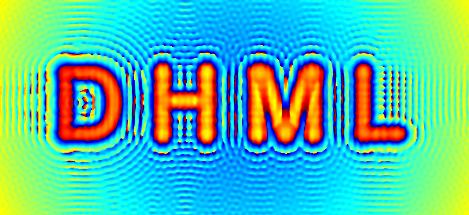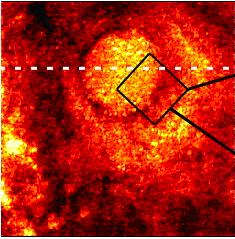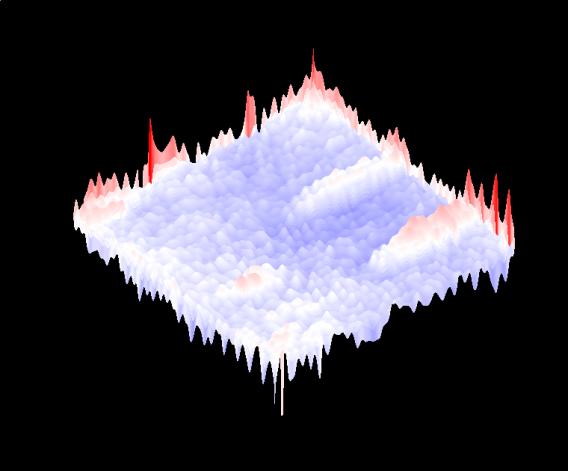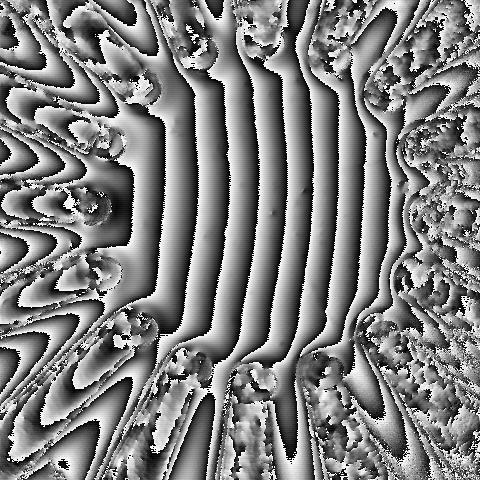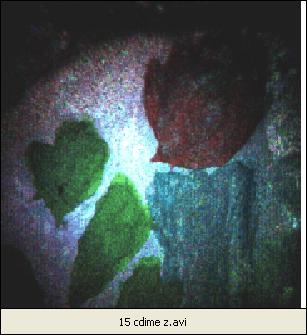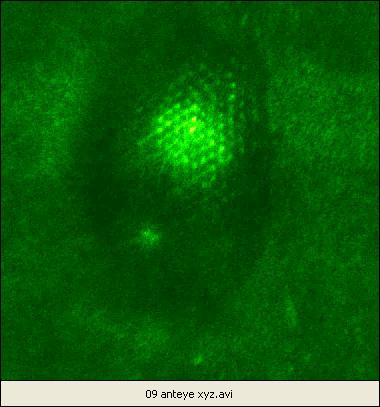| digital holography & microscopy laboratory |  |
|||||
| DHML | Department of Physics |
|||||
More Topics |
Nanometric Measurement of the Effect of Optical Pressure on Fluid Surfaces |
||
| Measurement of optical radiation pressure effects can be a very useful tool in soft matter physics for the efficient characterization of fluid interfaces and membranes. Although it is one of the most noninvasive methods, very little work has been done in this area due to the difficulty in observing this weak interaction. The quantitative phase analysis inherent to digital holography, DH-QPM, allows for nanometric measurement of the resulting pressure-induced deformations. In our current work, we use nanosecond pulsed laser excitation to apply a transmission optical pressure impulse to fluid surfaces. The spatiotemporal response is an indicator of the mechanical properties of the surface.
|
||
Ophthalmic Tomography by Digital Interference Holography |
||
| Digital interference holography (DIH) generates 3D volume tomographic
images of tissues, such as human macular and optic nerve tissues. DIH has the potential to become a useful tool for researchers and clinicians in the diagnosis and treatment of many ocular diseases, including glaucoma and a variety of macular diseases.
| ||
Digital Holography of Total Internal Reflection |
||
Quantitative phase microscopy by digital holography is used to image the phase profile of light in total internal reflection, which is modulated by the materials present on or near the surface of internal reflection. The technique can be used to study the focal adhesion of cells moving on a substrate surface.. |
||
Digital Holographic Microscopy |
||
Quantitative phase microscopy by digital holography offers a number of unique advantages over conventional microscopy. Numerical focusing of holographic images can be accomplished from a single hologram. Direct access to the phase information facilitates numerical correction of various aberrations of the optical system, such as field curvature and anamorphism.
|
||
Biometry Applications of Digital Holography |
||
| Digital holographic phase microscopy can yield images of thin film latent finger prints with high sensitivity. Digital interference holography can yied 3D topographic images of finger, palm, iris, and other biometrically significant objects.
|
||
Phase Shifting Interference Microscopy |
||
Interference microscopy using broadband sources such as LEDs presents different sets of advantages and disadvantages, compared to holographic systems using lasers. Quantitative phase microscopy and multi-wavelength optical phase unwrapping are demonstrated, and compared with holographic phase microscopy. |
||
Multi-Wavelength Optical Phase Unwrapping |
||
| Multi-wavelength optical phase unwrapping
in the quantitative phase microscopy by digital holography affords very significant advantages over software-based phase unwrapping, such as low computational load, high speed, robustness against noisy or complex phase topology.
|
||
Structured Illumination Microscopy |
||
Structured illumination microscopy (SIM) is a wide-field technique that rivals confocal microscopy in optical sectioning ability at a small fraction of the acquisition time. By using a color grid, we achieve optical sectioning with just a single image acquisition. |
||
Scanning Photon Microscopy |
||
Microscopic image formation by a raster-scanning laser beam focused on a sample, and using a non-imaging detector is considered. The resulting images are analogous to the scanning electron microscopy with visible effects of shadowing and reflection. |
||
Full-Color Wide-Field Optical Coherence Tomography |
||
| Wide-field optical coherence tomography (WFOCT) using broadband sources (LEDs) yield optically sectioned images of a volume object, with the section thickness equal to the coherence length of the source. Emplying three (RGB) color LEDs, and scanning the z-axis only, we generate volume tomographic images of objects with natural color representation. | ||
Digital Interference Holography |
||
| A number of digital holograms are generated while scanning the laser wavelength. Numerical superposition of the holographic images
in effect synthesizes short coherence and yields volume tomographic images. The resulting images are analogous to optical coherence tomography (OCT) images, but with significantly faster acquisition speed.
|
||
Photon Echo and Quantum Interference |
||
| Photon echo is a 4-dimensional holography effect: three spatial dimensions plus time or frequency dimension. Photon echoes and other related optical transients in multi-level systems exhibit quantum interference phenomena, such coherent Raman population trapping, electromagnetically induced transparency, and optically detected spin echoes. These effects are basis of development of optical
storage and processing systems.
|
||
